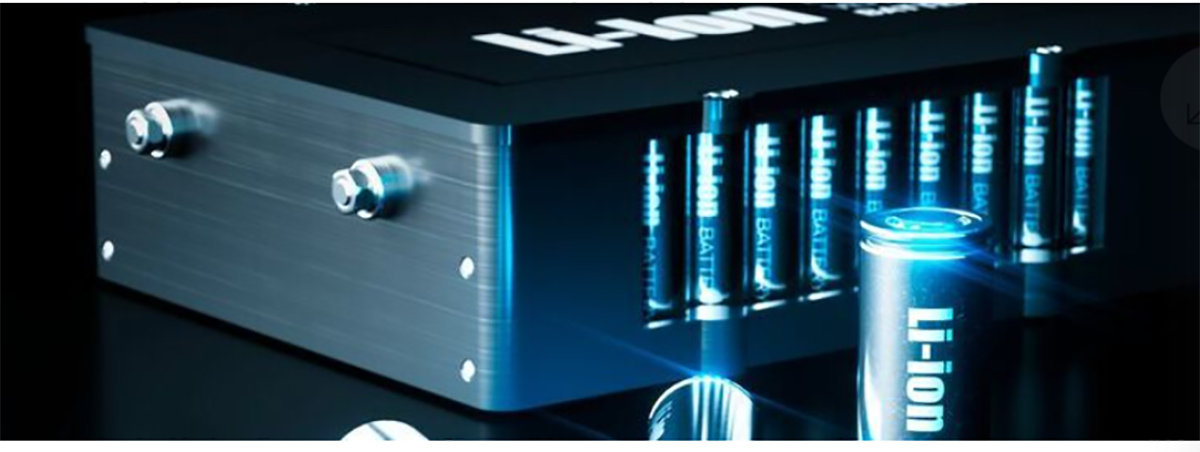Li-ion batteries are almost everywhere. They are used in applications from mobile phones and laptops to hybrid and electric vehicles. Lithium-ion batteries are also increasingly popular in large-scale applications like Uninterruptible Power Supplies (UPSs) and stationary Battery Energy Storage Systems (BESSs).

A battery is a device consisting of one or more electrochemical cells with external connections for powering electrical devices. When a battery is supplying electric power, its positive terminal is the cathode, and its negative terminal is the anode. The terminal marked negative is the source of electrons that will flow through an external electric circuit to the positive terminal.
When a battery is connected to an external electric load, a redox (reduction-oxidation) reaction converts high-energy reactants to lower-energy products, and the free-energy difference is delivered to the external circuit as electrical energy. Historically the term "battery" specifically referred to a device composed of multiple cells; however, the usage has evolved to include devices composed of a single cell.
How does a lithium-ion battery work?
Most Li-ion batteries share a similar design consisting of a metal oxide positive electrode (cathode) coated onto an aluminum current collector, a negative electrode (anode) made from carbon/graphite coated on a copper current collector, a separator and electrolyte made of lithium salt in an organic solvent.
While the battery is discharging and providing an electric current, the electrolyte carries positively charged lithium ions from the anode to the cathode and vice versa through the separator. The movement of the lithium ions creates free electrons in the anode which creates a charge at the positive current collector. The electrical current then flows from the current collector through a device being powered (cell phone, computer, etc.) to the negative current collector. The separator blocks the flow of electrons inside the battery.
During charging , an external electrical power source (the charging circuit) applies an over-voltage (a higher voltage than the battery produces, of the same polarity), forcing a charging current to flow within the battery from the positive to the negative electrode, i.e. in the reverse direction of a discharge current under normal conditions. The lithium ions then migrate from the positive to the negative electrode, where they become embedded in the porous electrode material in a process known as inter-calation.
Post time: Jun-26-2022

